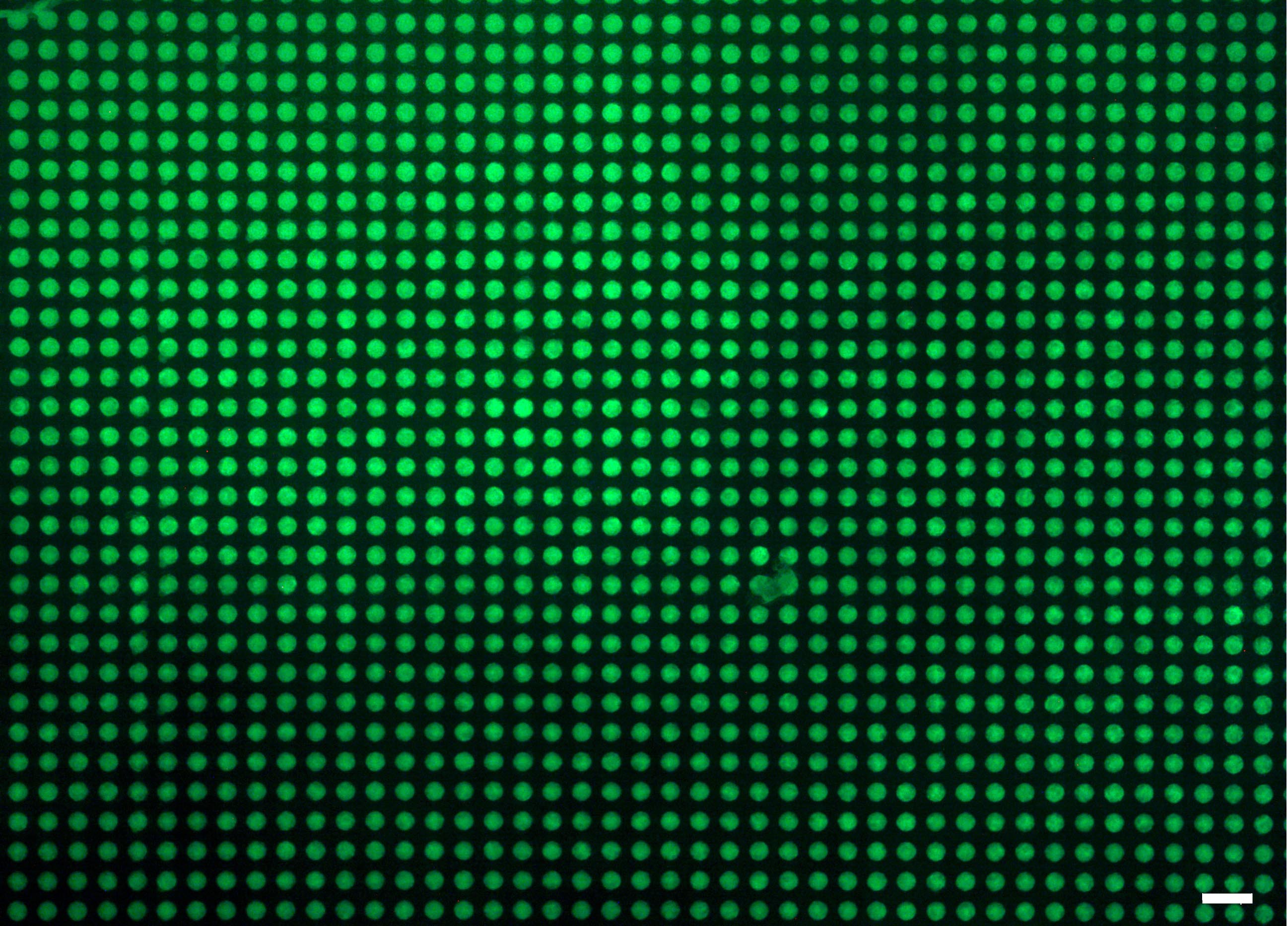Motivation/Introduction
The increasing demand for new therapeutic proteins, technical enzymes, protein engineering and functional genomics requires an efficient platform for both the production and screening of proteins. High-throughput protein screening is therefore becoming more important in the pharmaceutical, chemical and biotechnology industries. Biotechnology companies already expend much effort to discover and develop enzymes optimized for specific applications by mutation screening (e.g. the detergent industry, the food industry and the renewable energy industry). The pharmaceutical industry reinforces the use of high-throughput screening approaches to search for pharmaceutical leads (e.g. antimicrobial compounds). In addition to in vivo methods such as phage and yeast display, in vitro methods such as cell-free protein expression are becoming increasingly popular. In comparison to cell-based expression of proteins, cell-free systems have numerous advantages including a shorter processing time and the ability to express cytotoxic proteins.
Aim/Procedure
During the project “Zellfreie Bioproduktion” (FKZ 080/ZV-821969) granted by the BMBF and the Fraunhofer Society, a cell-free system based on tobacco BY-2 cell lysate (BYL) was established by Fraunhofer IME. The BYL system is superior to all commercially available cell-free systems in terms of flexibility, yield and economy. The aim of the “HTS-Scan” project is to develop a new high-throughput screening system based on the recently developed BYL system in order to accelerate the search for new therapeutic and technical protein candidates.
In the IVTT approach, the genetic information and encoded protein are kept together using a microcapillary plate and low melt agarose, which is spread on the microcapillary plate in thin layers. First, different DNA templates (or rather the corresponding mutants) are isothermally amplified in the single channels. Second, these products serve as templates for the IVTT system to synthesize proteins. Subsequent scanning and isolation of positive protein candidates by fluorescence, luminescence or absorption is achieved using a scan and LMD system. This combination of cell-free protein synthesis and LMD will create a new and more flexible high-throughput screening platform.
 Fraunhofer Institute for Molecular Biology and Applied Ecology IME
Fraunhofer Institute for Molecular Biology and Applied Ecology IME